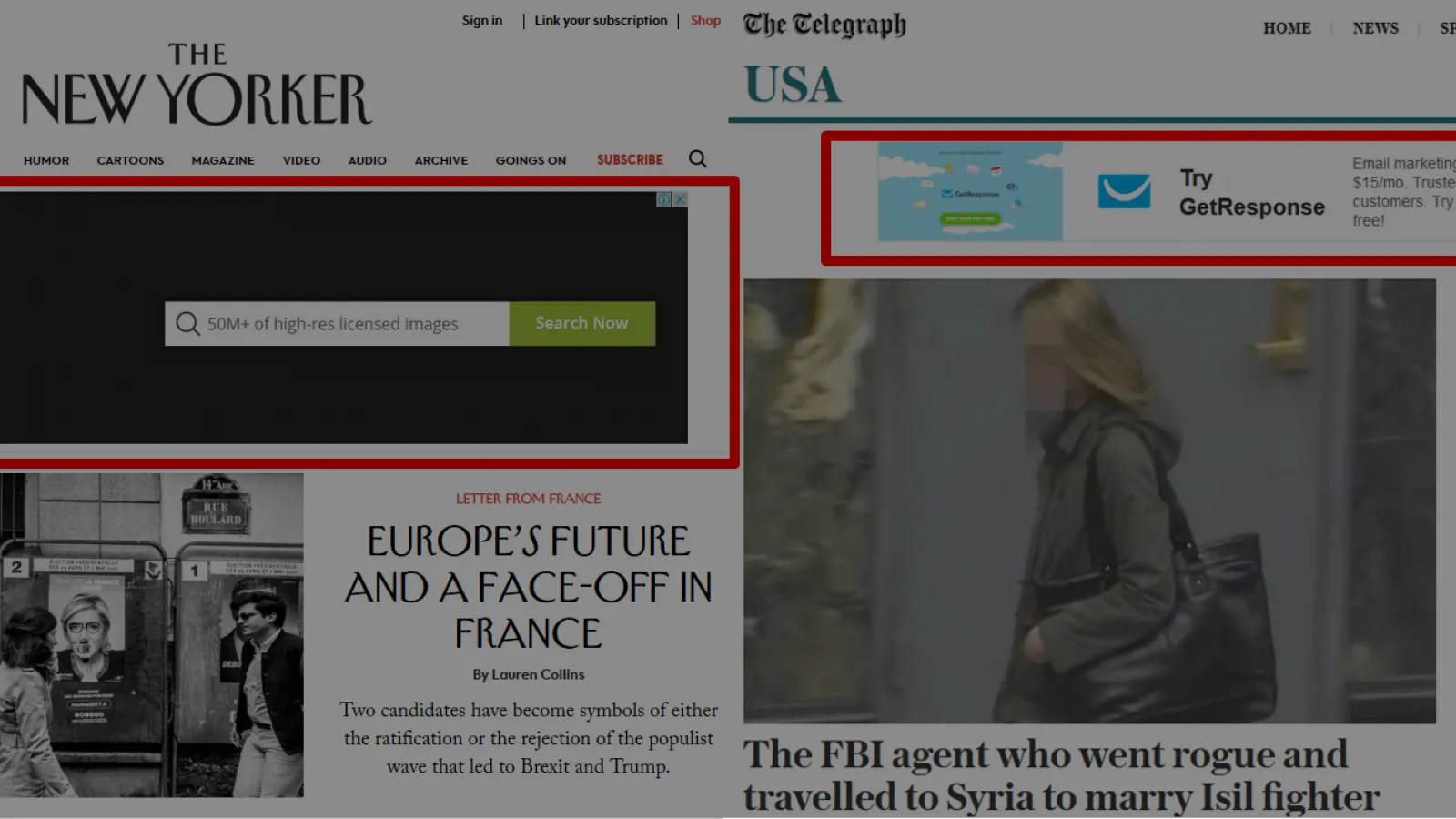There is always a tug of war between buyers and sellers and the Media and Publishing industry is no different. Publishers are always on a lookout to increase their conversion sales and sell more, whereas the customer wants the most value from his buying decisions. With the onset of the digital era, the switching cost has gone down, the amount of data available to the consumer is unlimited, and gaining the audience’s attention to the relevant content has become a challenge.
How to stay relevant?
When everyone is sharing content, and telling stories about their brands, the only thing which can differ and give your content a boost is contextual targeting. It has become essential to ensure, the context of your advertising; be a stand alone differentiator with respect to other ads. By backing on data and insights, publishers can make better decisions about how the audience can be kept engaged along with where and when the audience is ready to make a buying decision. Using technology for audience targeting is meaningful, giving you an opportunity you to reach your audience at the right time and place.
What is contextual advertising?
Contextual advertising is often referred to as target advertising i.e. targeting to a specific user. Search engine advertising, Google Adsense are few examples of the same. Advertisers work on ad targeting to influence consumer decisions by grabbing their attention to the messages which are relevant to them, giving them a more customised and personalised experience. Thus, for contextual targeting, it becomes necessary to understand the context, it could be location, weather, traffic etc.; to deliver a good experience. Aggregating contextual data on users allows better ad targeting, relevant content and higher value ad inventory for publishers.
Where to utilize contextual advertising?
Advertisers are doing ad targeting using cloud technology. For instance, location data from mobile devices enables publishers to know the interests and behavior of their targeted audience at a specific time and place, this helps them to share the right content at the right time. Then this data, can be used to do ad targeting and to create audience personas based on demographic data like income, education, gender etc and combine it with the behavioural aspect; such insights enable advertisers to buy media algorithms to increase the value of ad inventories, and enable them in delivering valuable content along with greater conversions.
For example, if someone has a time constraint and is looking for directions to a particular location on their phone, a mobile advertisement at that moment will not be very effective as the user attention will be more keen on reaching the place on time. However, for a person who is waiting in a bank queue is more likely to have a purchase intent on seeing the ad. Thus, understanding the behavior with insights is one step deeper to these target advertising analysis, and enables one to capture the potential audience.

Geo-fencing allows showing advertisements within a certain geographical area. Many advertisers are already using this ad targeting technology to their advantage. For instance, one of the stores in Guatemala, uses technology to win over the competition. When customers with a smartphone enter the store, they receive a coupon for a discount—at a competitor’s store nearby. The coupon expires after a specific length of time, thus, trying to cash on the impulsive buying behavior using location and cloud technology. This is how technology and data is being used for audience targeting.
What to do next?
Publishers and advertisers should rethink their strategies and take a deep analysis as to where are the places where consumers encounter advertisements and then focus on capturing the micro-demographics of users and create individual personas to be able to target users down to a precise location and behavior to encourage participation and engagement. Mobile phones have created a revolution and enabled real-time tracking, giving advertisers enough real-time data to take advantage of context ad targeting. Advertisers should offer consumers value for sharing their data and build a barrier to value their rights to privacy so that the consumer sees the worth of sharing content. A highly engaged and a segmented audience is an opportunity for advertisers to seize with targeted advertising.





